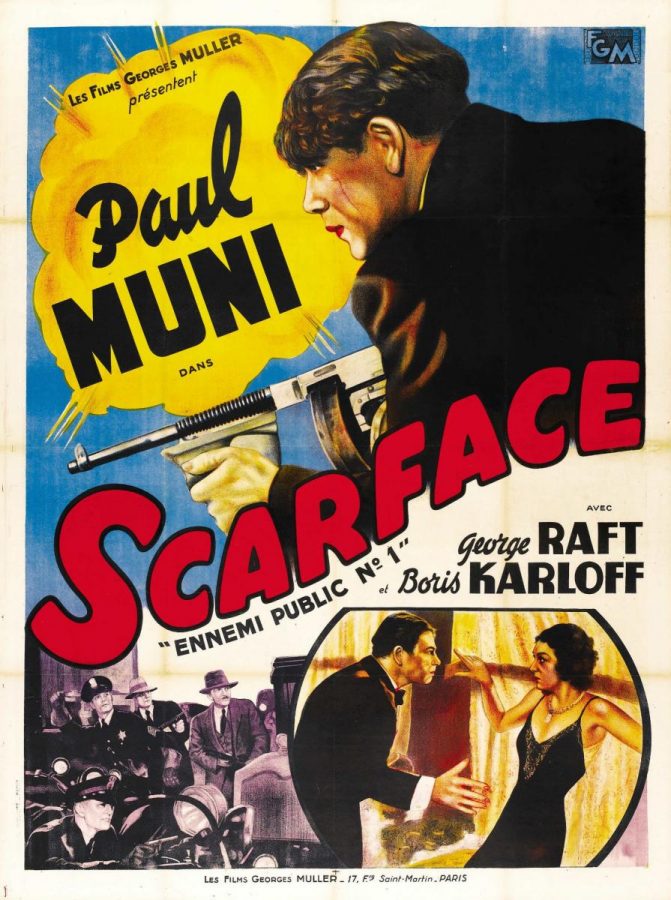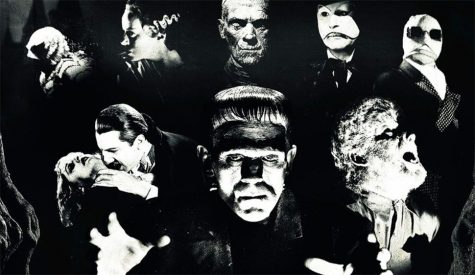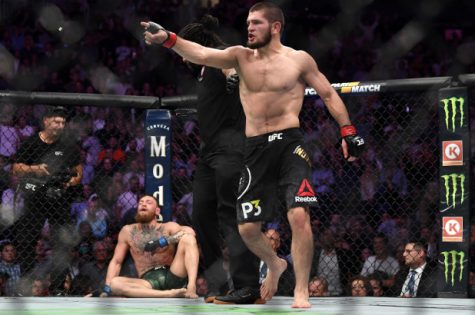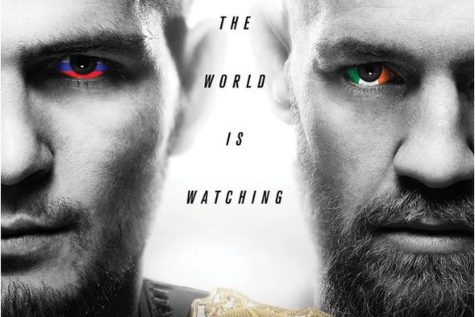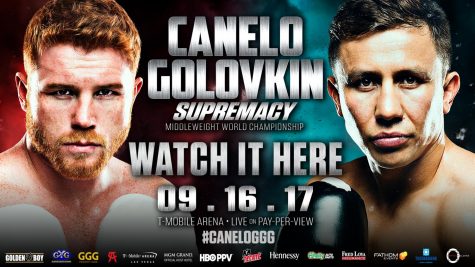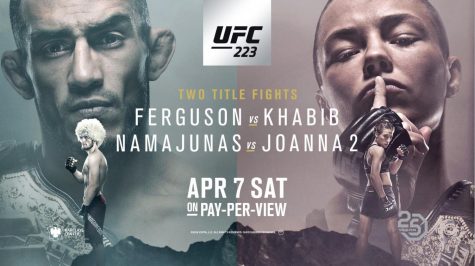Five Historical Periods That Need A New Film
If you’re like me; then you’re a history buff. If not, keep reading anyway. Every so often the history flick will become trendy and Hollywood will bestow us wannabe historians with a few films based somewhere in the annals of our chaotic history. However, they are usually limited to a period with an appeal to larger, non historically obsessed audiences such as World War 2.
Recently, that trend has returned to give the history flick a brief stint back in the limelight. As is usual, the second world war is a popular period piece to center around and this current crop of films is no different. 2013 saw the American-Japanese co-production Emperor starring Tommy Lee Jones as the legendary grizzled American General Douglas J. MacArthur in. 2014 saw a large swath of films ranging from the Oscar nominated The Imitation Game, starring Benedict Cumberbatch as British cryptanalyst Alan Turing, and the George Clooney directed The Monuments Men. There was the Angelina Jolie helmed Unbroken about POW Louis Zamperini, and the David Ayer directed Fury starring Brad Pitt. Fury was refreshing in that is focused on a tank crew and tank warfare in general, something that had not been explored in depth, partly because the scale of such a film is such a massive undertaking.
In the past two years we have seen the return of Mel Gibson to the director’s chair for Hacksaw Ridge (2016) about a pacifist serving in the pacific. And just this past year we have seen two films centered around England in Christopher Nolan’s Dunkirk (2017) about the mass evacuation of France to escape the oncoming Nazi hoard, and The Darkest Hour (2017) starring Gary Oldman as the cigar toting British Prime Minister, Winston Churchill in the dark days of the war.
Civil rights films have also been prevalent in historical period pieces. The films have explored a large range of historical periods from Civil War era 12 Years a Slave (2013) an adaption of the memoir by Solomon Northup and starring Chiwetel Ejiofor. However, films centered around the Civil Rights movement have been the most prominent, with installments such as The Butler (2013) starring Forrest Whitaker and loosely based on Eugene Allen. There was Selma (2014) starring David Oyelowo as the revered Doctor Martin Luther King Jr. during the Selma voting marches, and Hidden Figures (2016) about three brilliant African American mathematicians at NASA, the film boasted a massive cast including Taraji P. Henson, Octavia Spence, and Kevin Costner to name a few.
But when browsing the annals of recent historical filmography, one thing is quite clear, the period of which these films is not very varied, the reasoning for this is quite obvious. For a film studio, a historical period piece might be viewed as attracting only a niche audience, which means that films about historical eras tend to be focused into periods that would have an overarching theme that all audiences would be attracted to. In a severely torn and politically tense world, historical films will most likely need to have some connection to our current atmosphere. Civil rights films will always be integral because of the important social lessons that need to be discussed about the transgressions and travesties of the past, many of which we obviously still have not learned. World War 2 will also play a prominent role in being relevant because it is speaking of the same social intolerances of the past, and the scale of devastation due to warfare is unmatched. World War 2 is also one of few conflicts in history in which the social and political debate regarding morality and the idea of warfare is somewhat less complicated for filmmakers due to the travesties committed by a universally condemned and hated enemy in the Nazis. A good counter example would be Vietnam, a conflict deeply routed in social, and political strife that makes the traditional tropes of the good versus bad nearly impossible to properly convey all sides. With that being said, Vietnam films, though few and far between, have relatively been excellent at conveying that, such as Platoon (1986), Apocalypse Now (1979), and Full Metal Jacket (1987).
But the reality is that history is a lesson, and any time period is ripe with a message that has either been unexplored, or in need of deeper evaluation. There are an ample number of historical periods that are long overdue for either a film in general, or a film done properly. Here are my top five historical eras that need a new film.
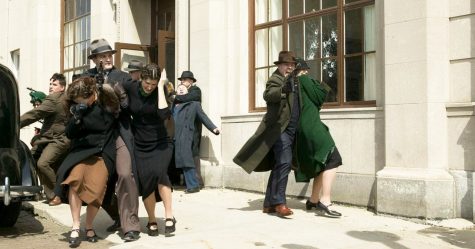
5.) Depression Era Mobsters and Bank Robbers:
In an era where one of our main talking points is similarly the wealth gap, stagnant economies, minimum wage, and increasing poverty, the outlaws of the Great Depression could offer a wonderful example for a period piece. At a time when the country was in terrible economic ruin, the talking points amongst people could be substituted with those of today and nobody would be the wiser. When the system seemed corrupt against the common people, ethnic tension was high, and the American dream seemed like a farce, people looked to a beacon for hope. Enter the bank robber. Trench coated, tommy gun toting bank robbers such as John Dillinger, George “Baby Face” Nelson, Charles “Pretty Boy” Floyd, and Bonnie and Clyde were either just as famous, or as popular as the nations greatest movie stars like Clark Gable, Humphrey Bogart, and Bette Davis. They were the outlaws, the anti-hero’s who took the fight to the system when the system seemed to knock them down.The idea of a poor, improperly educated immigrant taking what they desired won over the masses. In some small fashion, people also seemed to become attracted to the “live for the moment” lifestyle of the bank robbers, as they always faced jail time or death by hail of bullets. Every single one of the aforementioned bank robbers was killed in a shootout with the authorities. The golden era of the gangster film was also during the golden age of Hollywood, during the Depression era 30’s. They featured some of the greatest films of all time such as Paul Muni in Scarface (1932), Edward G. Robinson in Little Caesar (1931), and James Cagney in The Public Enemy (1931). The last notable depression era gangster film was Public Enemies (2009) starring Johnny Depp as John Dillinger. Although entertaining, the film was marred by it’s deviation from facts in which it portrayed Dillinger as the last of the gangsters to be killed when in fact he was the first.
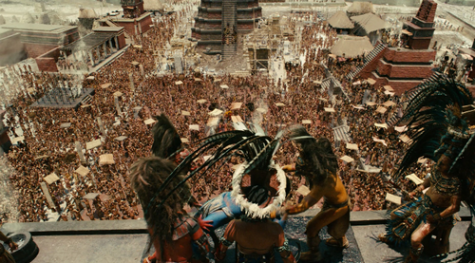
4.) Ancient South and Central American Civilizations:
Marvel’s Black Panther (2018) has created a cultural phenomenon by highlighting the majesty and beauty of African culture. It has shone a light on a culture that rarely has ever been given the spotlight and it has created a genuine joy and excitement that oozes from the pores of fans and even celebrities. It has also created and important dialogue that comic book films usually don’t generate, the kinds of cultural and social discussion usually reserved for Oscar nominated films. However, this begs the question of what other cultures could use a new entry onto the silver screen. The Asian film market currently is one that is exploding, both China and India are rising powerhouses that could soon equal the American and European markets. We have already seen this in the predominantly Chinese film The Great Wall (2016) which received criticism for basing the film around Matt Damon. The plus side is seeing a Chinese style “blockbuster” receiving a marketing push on the same level as an American film, the negative is that Hollywood apparently didn’t have enough faith in it to stand on its own without a major American star. But in time that will change. With this in mind, I have no doubt that the Asian film market will begin to have a firm footing in the American film landscape, especially with the rebooting of the iconic Japanese nuclear infused behemoth, Godzilla. One historical era that could use a film highlighting an ancient civilization would be the Mayan, Incan, and Aztec civilizations of South and Central America. The Mayans are not unfamiliar to the silver screen as they played a central role in the Mel Gibson film Apocalypto (2006) in which a hunter attempts to escape sacrifice from the Mayan empire. One significant period that could be an excellent choice would be the period of Spanish exploration and their conflicts with the Aztec empire. In a time where Black Panther evokes a strong discussion about the impact of imperialism, the Spanish annihilation of the Aztec empire would be a strong entry for a period woefully lacking a recent film.
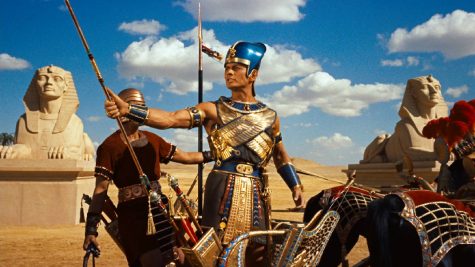
3.) Ancient Egypt:
Ancient Egypt is one of history’s most fascinating periods. The empire is not only a central focus in religious aspects, but the astounding engineering feats that were accompanied with the pyramids often connect Egypt, and the aforementioned Latin cultures with UFO conspiracy theorists as if they were somehow the benefactors of a benevolent race intent on teaching advanced building methods. Films of Ancient Egypt usually fall into three categories. A mummy, originally a Universal horror franchise which was rebooted into a trilogy in 1999 and again in 2017. Pharaohs, Cleopatra, and Nefertiti were a popular theme of Hollywood’s golden age due to the lavish and mysterious lifestyles of Egyptian royalty, although that is where their popularity peaked. Lastly is of religious nature such as the classic Cecil B. DeMille film The Ten Commandments (1956) starring Charlton Heston, and the more historically centered remake Exodus: Gods and Kings (2014). An intriguing prospect for a film centered around Ancient Egypt would be a modern retelling of the conflict between Marc Anthony and Cleopatra, and Octavian. While Cleopatra and Marc Anthony were central in many films before, there haven’t been any real installments since the sixties, and their conflict with Octavian in the aftermath of the second triumvirate’s dissolution would be an excellent reintroduction to one of Hollywood’s favorite old love stories.
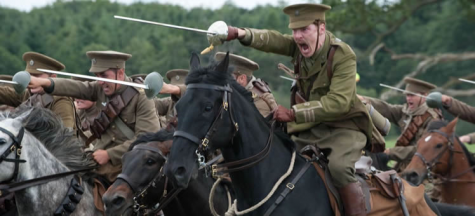
2.) The Great War (WW1):
The first World War has not been a familiar sight on the silver screen, and it’s not hard to see why, it’s successor. World War 2 virtually eclipsed every aspect of the first World War. From destruction and human toll, to technological advances. Unlike the second World War, aerial and tank warfare was in it’s infancy, they both played crucial parts in the second. Lastly, and most importantly from a creative standpoint, the first World War lacked the infamous “bad guy” that would be recognizable to all audiences. Everyone knows Hitler, how many know of Kaiser Wilhelm II. With all these aspects in mind it is not hard to see why a studio executive might quash a prospective pitch for a film centered around the first world war when he is thinking to himself about an audience asking, “why not World War 2?” While films centered on the second World War would need to be counted on paper, for most people, they could count a World War 1 film they know just on one hand. Among the most recognizable films are Stanley Kubrick’s Paths of Glory (1957) with Kirk Douglas, the classic Lawrence of Arabia (1962) starring Peter O’Toole, Mel Gibson in Gallipoli (1981), and All Quiet on the Western Front (1930) produced by Universal’s famous Laemmle’s, Carl Laemmle and his son Carl Laemmle Jr. The most recent film was Steven Spielberg’s War Horse (2011). There is one specific incident that comes to mind when looking for an idea for a film centered in the first World War, the Christmas truce. During the lead up to Christmas in 1914, German, French, and British soldiers ceased fighting and ventured into no man’s land to exchange pleasantries, food, souvenirs, and even a game of football (not the one you’re thinking of). The incident became a shining example of humanity over hostility. A wonderful story such as this would send a great message come the holiday season to a world locked in violence.
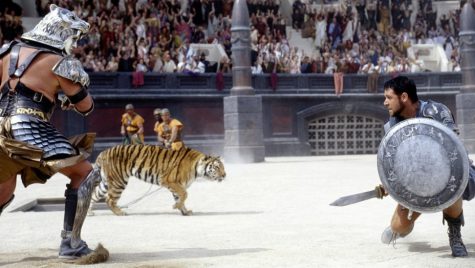
1.) Rome’s Greatest Enemies:
There have been many films centered around one of histories greatest empires, some of the most famous being Stanley Kubrick’s Spartacus (1960) starring Kirk Douglas, Ridley Scott’s Gladiator (2000) starring Russell Crowe, and William Wyler’s classic Ben Hur (1959) starring Charlton Heston. The most recent films such as Centurion (2010), The Eagle (2011), and Pompeii (2014) have been sub-par at best. The surprising fact is Rome has seen a bigger stage on the small screen with HBO’s Rome series (2005-2007) and Starz’ much more graphic style adaption of Spartacus (2010-2013). In reality, creative options for a film based on the Roman Empire are endless as there are so many varied layers to its history. Aside from the obvious potential films centered around its most famous leaders such as Julius Caesar, Augustus, or Caligula (which already has an infamous film), there is another direction that could be explored, Rome’s enemies. What does any great champion need? a rival, and Rome’s greatness produced an intimidating roster of equally legendary enemies. The first among them being the genius military mind in Carthage’s Hannibal, whom handed Rome one of its greatest defeats during the Battle of Cannae. Another man who dealt Rome a severe defeat at the Battle of Teutoberg Forest is the Germanic Arminius, whom was an actual member of the Roman army only to set a trap for his unsuspecting allies in a position he knew they would be weakest. Lastly, and the most notorious of all, the scourge of God, Attila the Hun. Attila and his Hunnic hordes swept across the eastern basin like a “storm”, sweeping up everyone and everything in their path. Rome was so taken back by this monstrous foe that they even resorted to sending Pope Leo I to convince him to withdraw, to which some say he was successful due to Attila withdrawing shortly after, although historians are torn as to the reasons why. The great clash of Rome and Attila might have been inevitable if it not for his unsuspected death in 453 AD, which was attributed to either choking in his sleep or internal bleeding from excessive drinking. Attila, Hannibal, and Arminius are truly legendary foes of ones of the greatest empires our society has ever seen, and a film chronicling their feuds are long overdue.

Michael Dunnings, otherwise known by the Hungarian equivalent "Miska", is a native of Dobbs Ferry and a senior studying Journalism at Mercy College. Michael...



